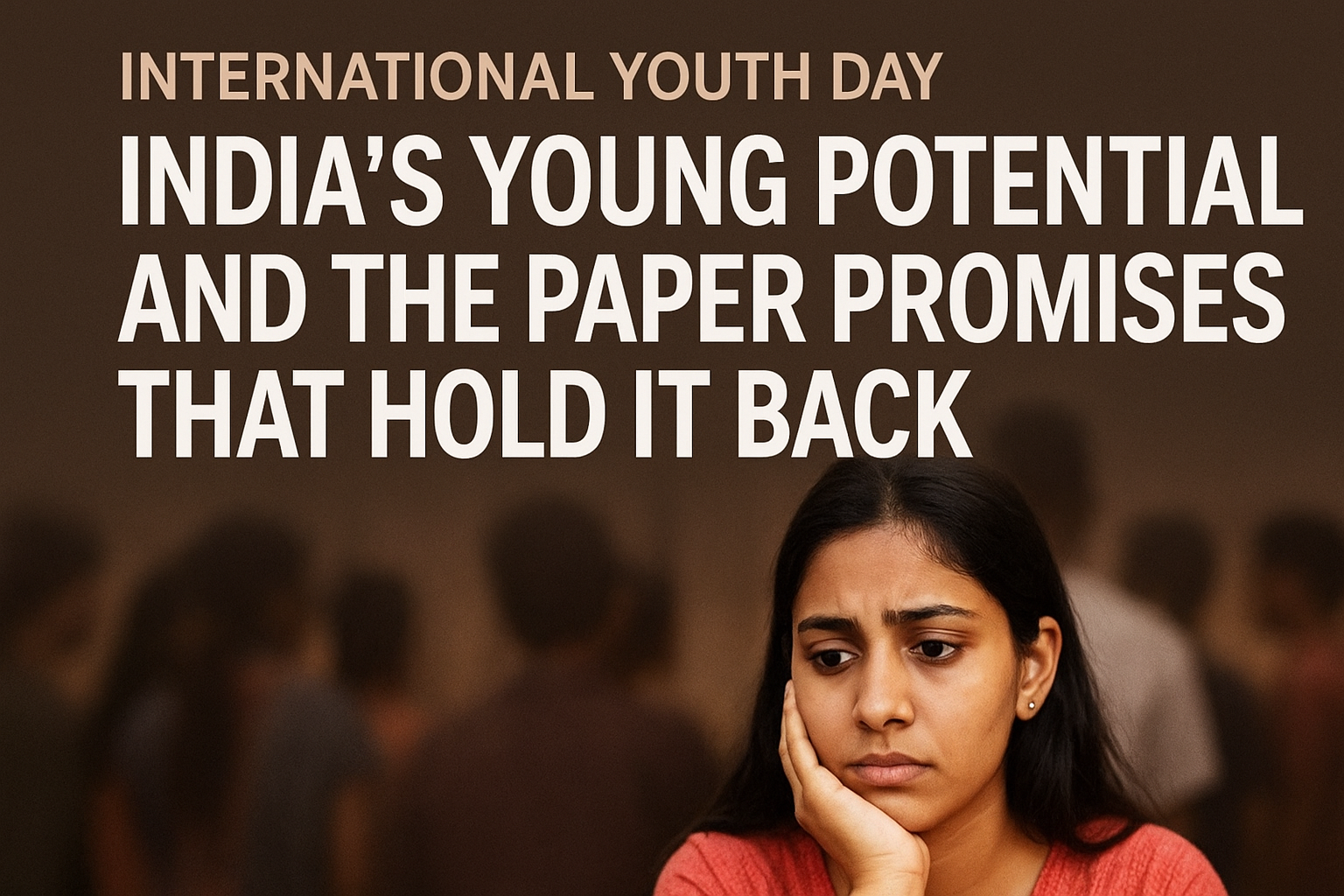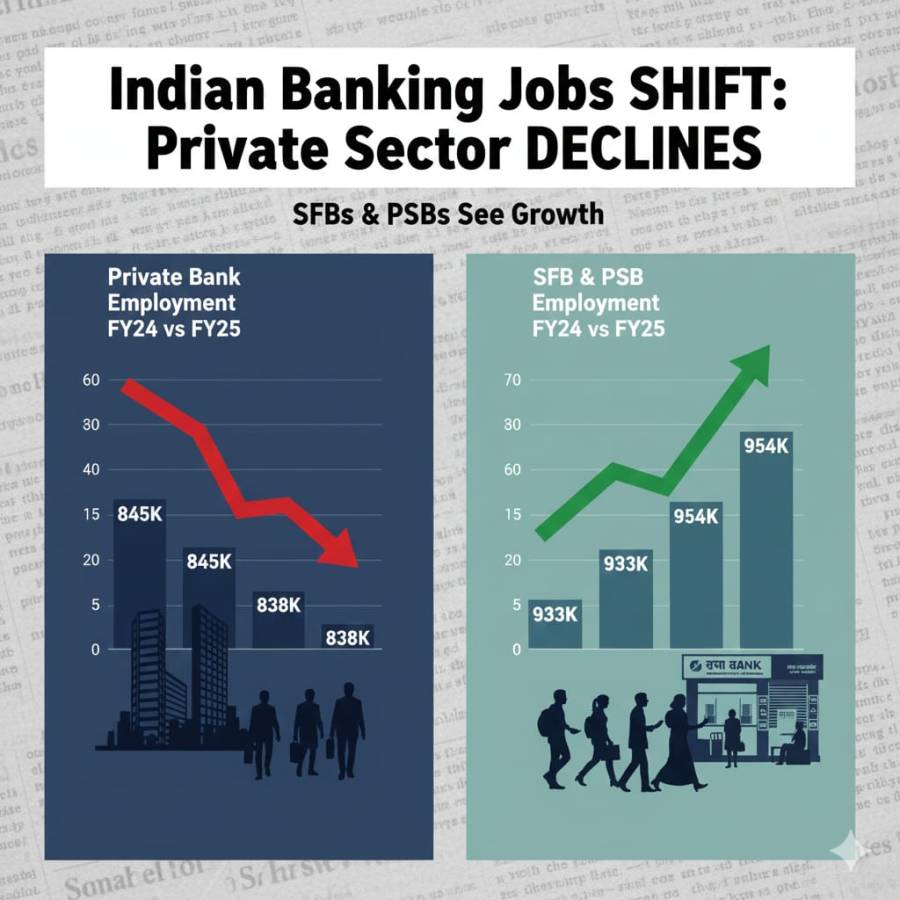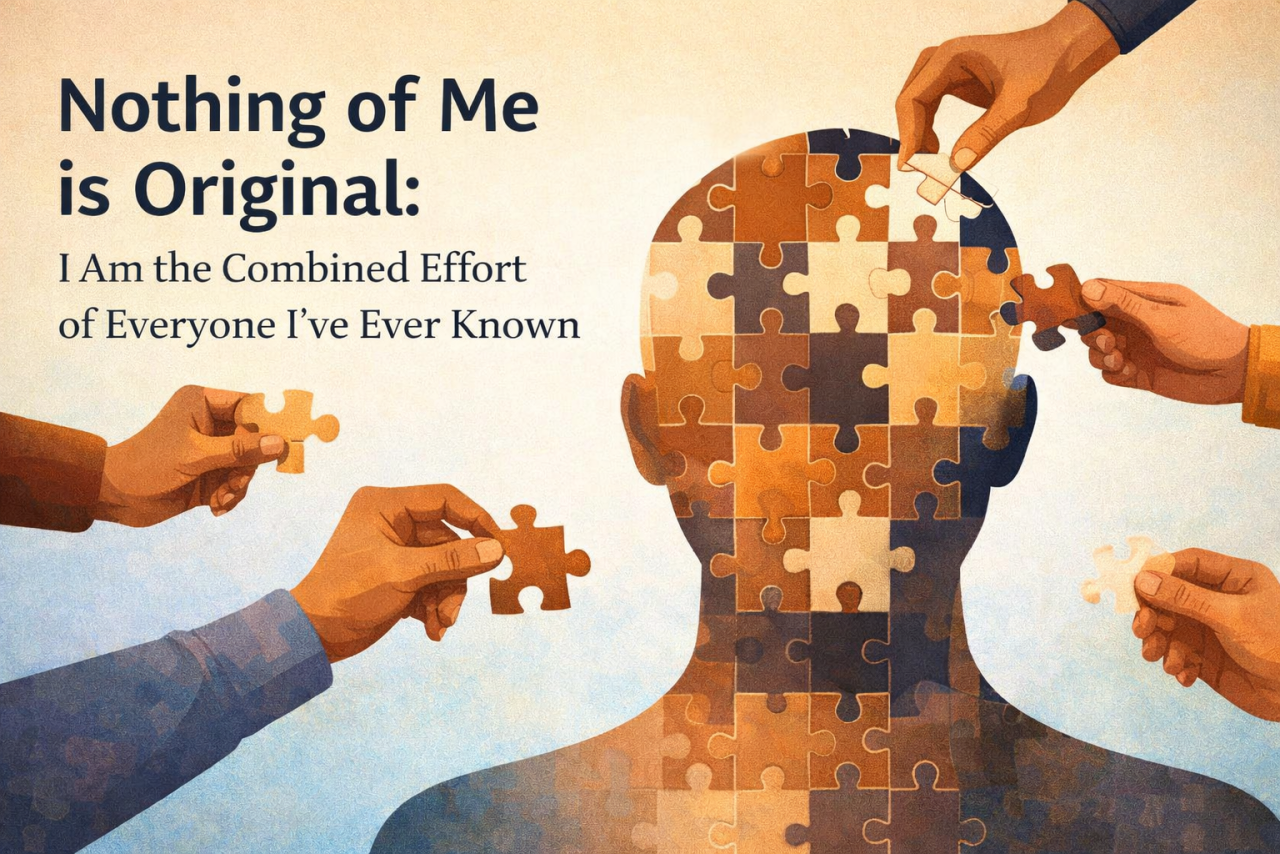
Every August 12, as the world marks International Youth Day, India proudly points to one of its biggest strengths: over 65 percent of its population is under the age of 35. This makes the country one of the youngest in the world. Politicians hail this as a “demographic dividend,” economists see it as a “rare economic opportunity,” and global analysts call India an “emerging talent powerhouse.”
But beneath the optimism lies a harder truth. For millions of young Indians, opportunity is more of a slogan than a reality. The barriers are not ambition or ability, they are deeply rooted in structural flaws in education, skills training, and employment creation.
The Illusion of the Dividend
A large youth population is not automatically a strength. To turn it into real economic growth, a country must have quality education, industry-relevant skills, and sufficient job opportunities. In India, the cracks start early. The ASER 2023 report found that in rural areas, a significant share of students in Class 8 still struggles with basic reading and arithmetic skills expected at the Class 2 level.
Urban youth generally fare better academically, but many faces outdated curricula, minimal exposure to hands-on training, and weak industry linkages. These factors leave them unprepared for a rapidly evolving job market.
Degrees Without Direction
India produces over 3 million graduates each year, yet only about 51.25 percent are considered employable according to the Economic Survey 2023–24.
The paradox is stark. The International Labour Organization (ILO) reports that unemployment among graduates is 29.1 percent, compared to just 3.4 percent among those with no formal education. Worse, the proportion of educated youth among the unemployed rose from 54.2 percent in 2000 to 65.7 percent in 2022, underscoring a deepening disconnect between degrees and employability.
The Mercer-Mettl India Graduate Skill Index 2025 paints an equally grim picture, with only 42.6 percent of graduates deemed employable, down from 44.3 percent in 2023. Even in high-demand fields like artificial intelligence and machine learning, barely 46 percent meet industry readiness standards.
The takeaway is clear. Universities are producing degree holders, but the job market demands adaptable, job-ready professionals, and India is struggling to close that gap.
Jobs: The Missing Link
To keep pace with its young population, India must generate over 10 million jobs annually. In reality, formal job creation falls far short. Most available work is in the informal sector, where wages are low, job security is nonexistent, and benefits are minimal. Many youth are forced into underemployment, while others migrate in search of better prospects.
The Cost of Inaction
An underutilized youth population is more than just an economic loss. It is a potential social flashpoint. Unmet aspirations can lead to political disillusionment, social unrest, and a growing “brain drain” as skilled talent seeks opportunities abroad.
From Rhetoric to Reality
International Youth Day should not be reduced to speeches and symbolic gestures. It should serve as a call to action, a reminder that India’s future depends on turning its demographic advantage into real, measurable progress.
That means investing heavily in universal access to quality education, modernizing vocational training, fostering entrepreneurship, and ensuring the economy can absorb the millions entering the workforce each year.
India’s youth remain its greatest resource. But without decisive and sustained action, the youngest nation in the world risks becoming a cautionary tale, rich in potential but poor in delivery.





















